


The Promise vs. the Paradox Artificial intelligence is now firmly on center stage in political speeches and economic roadmaps. Promises of efficiency, progress, and even job...
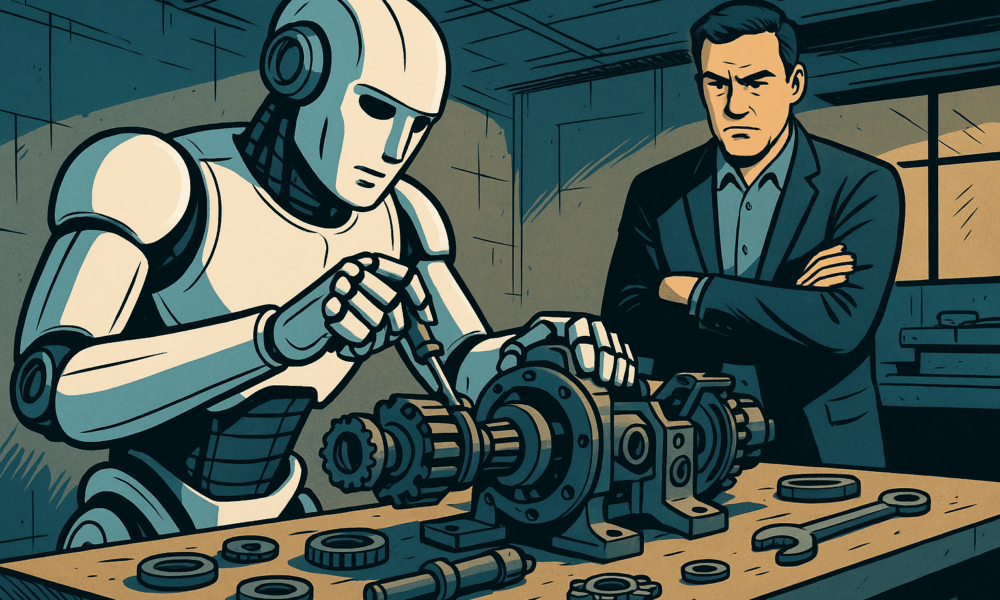
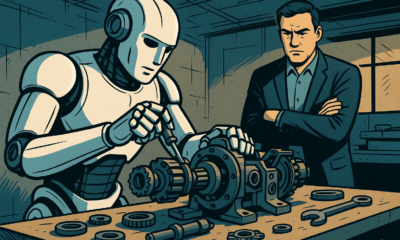

A New Niche in the Creative Economy Artificial intelligence was billed as a revolutionary force set to replace human labor, particularly in creative fields. Graphic design,...

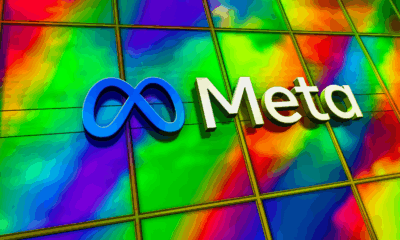

A Beautiful Alliance in the Making In a bold shift from its traditionally in‑house AI development, Meta has forged a partnership with Midjourney, licensing the startup’s...
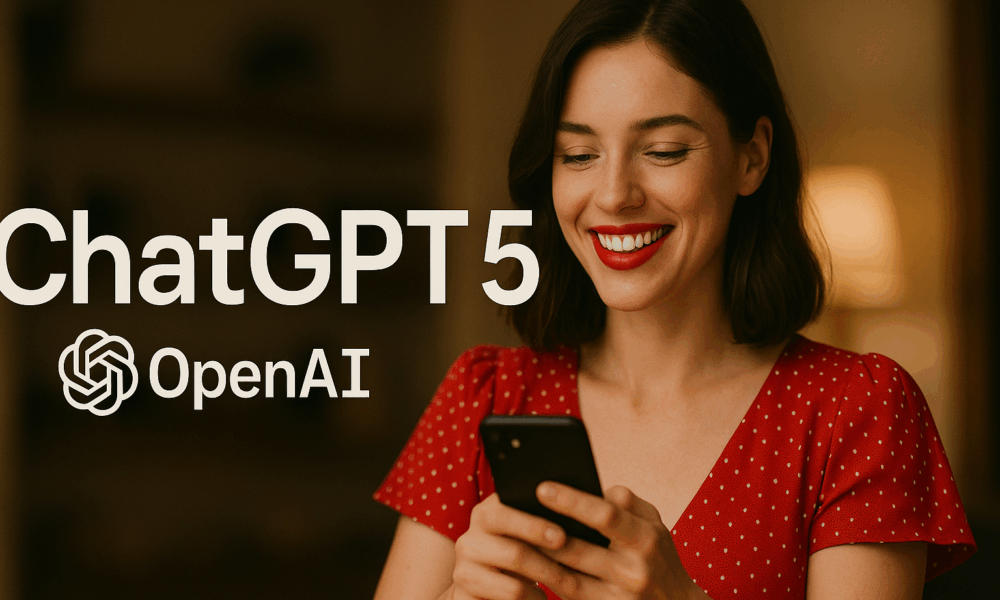
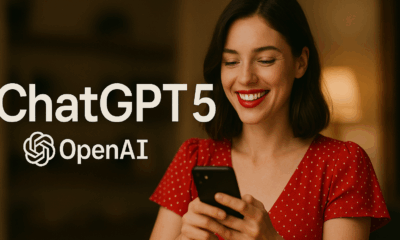

When OpenAI introduced GPT‑5 earlier this month, CEO Sam Altman promised a streamlined future: one intelligent model router to rule them all. Gone would be the...



From Promising Careers to a Harsh Reality In 2012, fresh computer science graduates were courted like star athletes on draft day. Big tech firms in the...



When OpenAI first gave ChatGPT the ability to create images through DALL·E 3, it felt like magic. You could type a description — “a fox in...
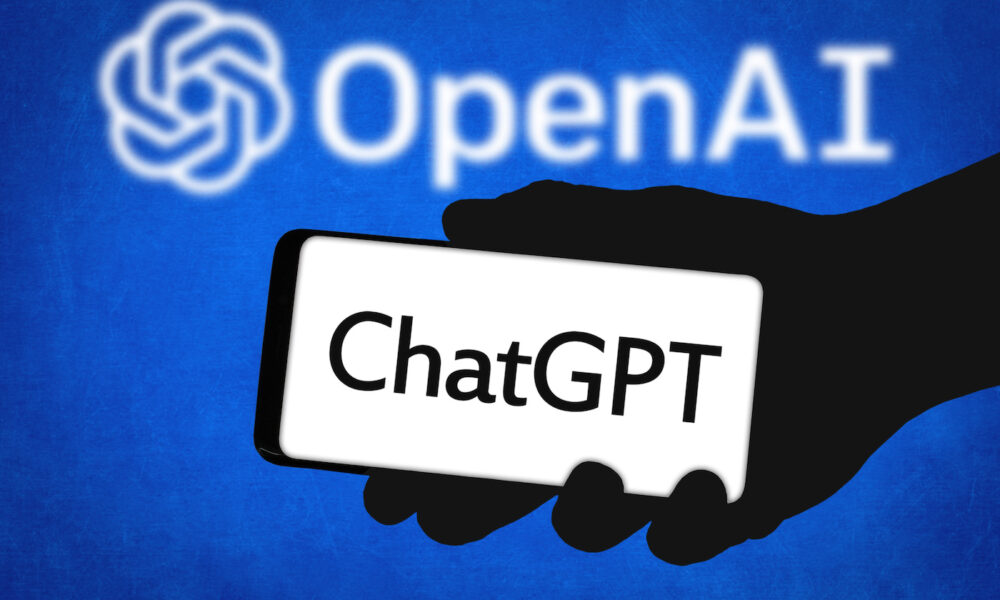
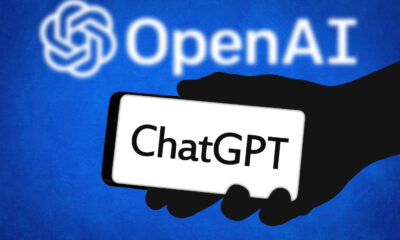

When OpenAI first announced ChatGPT 5, the AI community was already buzzing with rumors. Speculation ranged from modest incremental changes to bold claims about a “general...



Generative AI heralds rapid efficiencies—but brings strategic upheaval for small agencies balancing margins, client expectations, and creative judgment. Independent creative agencies have long navigated a tightrope:...